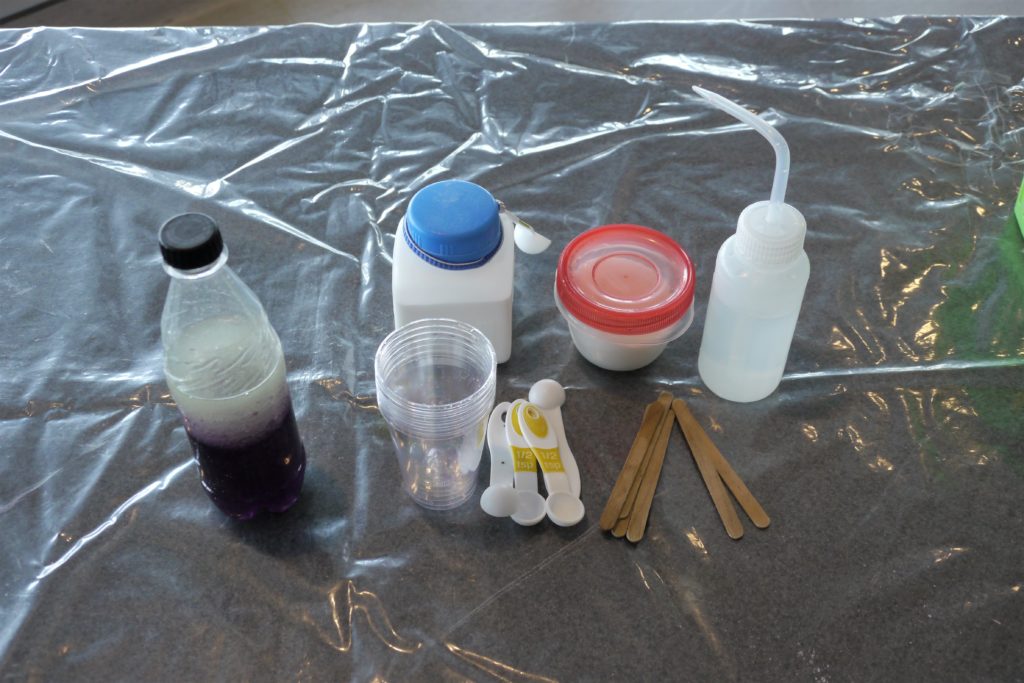Students explore atom interactions in different states of matter with this physical game.
All matter is made out of tiny particles, those particles can be single atoms or groups called molecules. For example, water is made out of two hydrogen atoms and one oxygen atom, forming a molecule called H2O.
Water has many different states such as solid (ice), liquid (water), and gas (water vapour). When the particles come close together and have little energy, they stick to each other in a regular arrangement and vibrate slightly, forming a solid. Particles in liquids are still tightly packed, but they have enough energy to roll over each other. In a gas the particles are no longer packed in as they have enough energy to fly around in all directions quickly.

